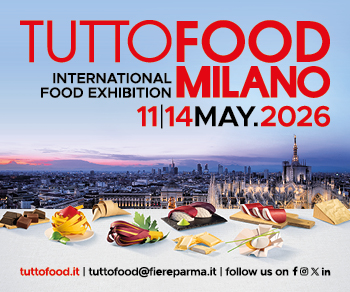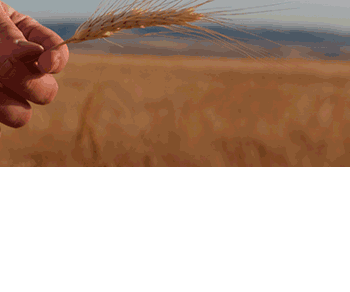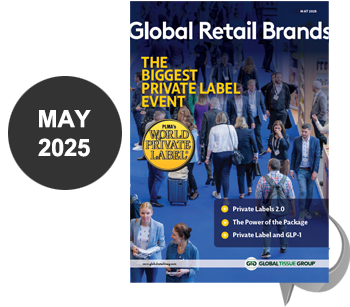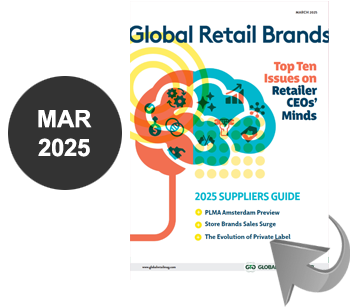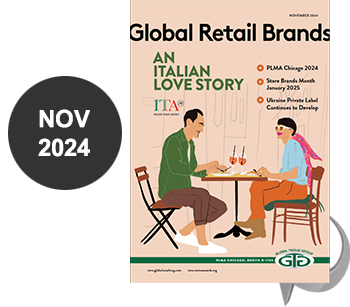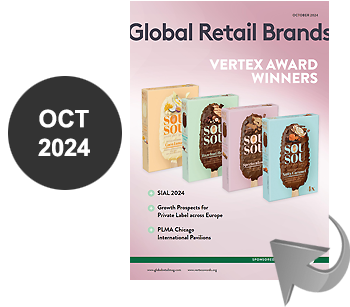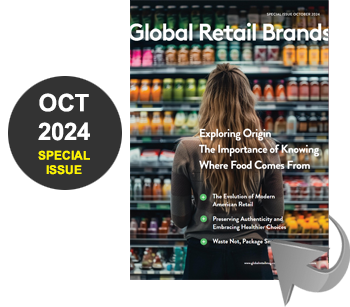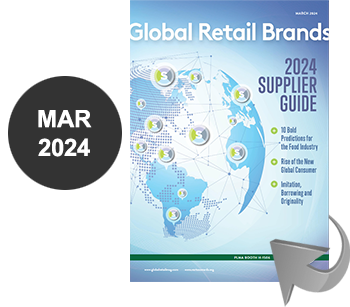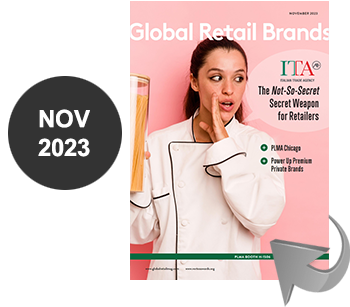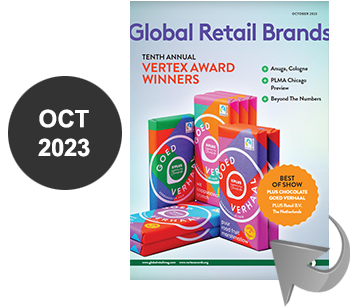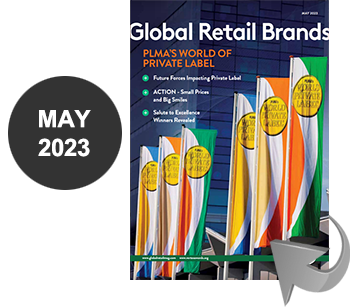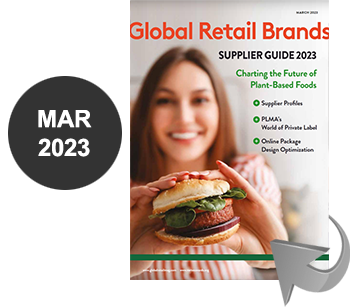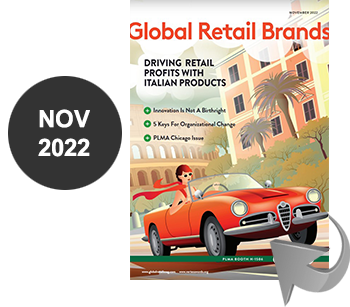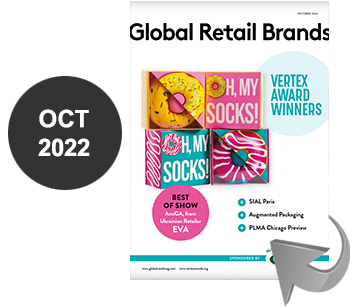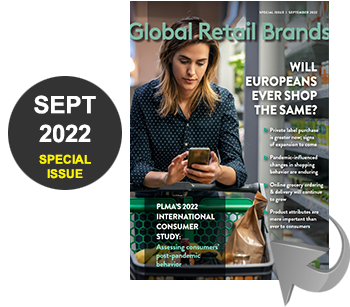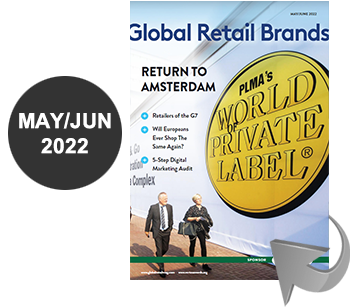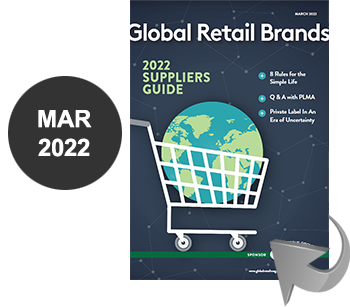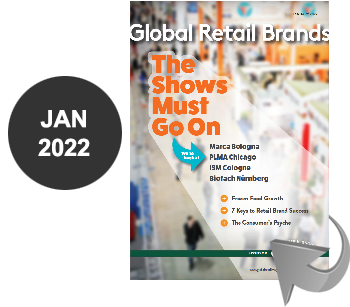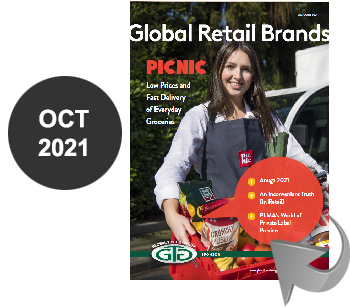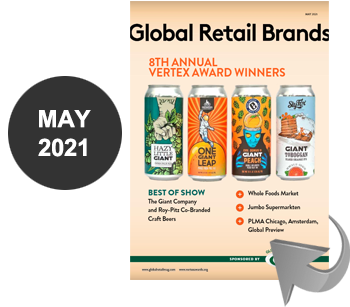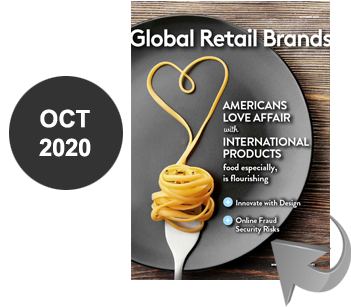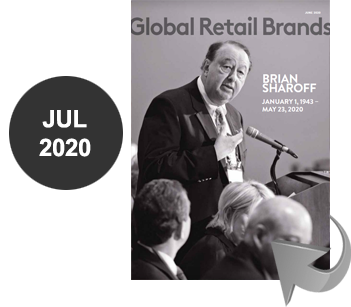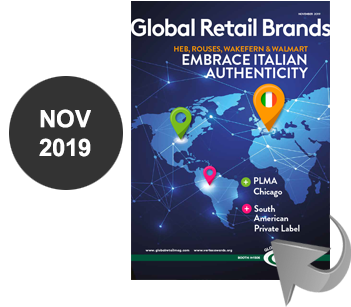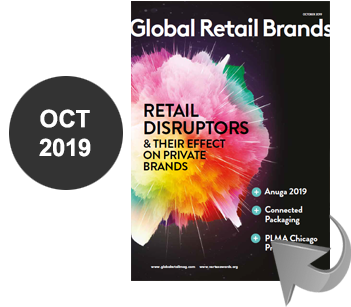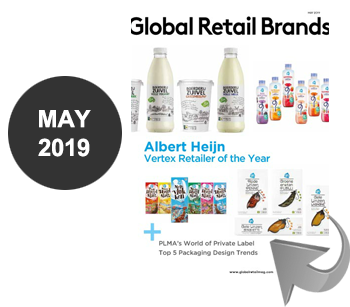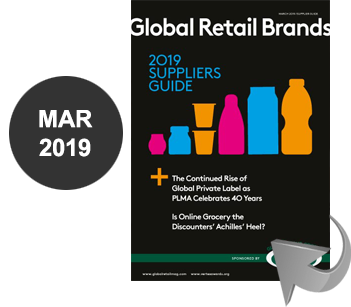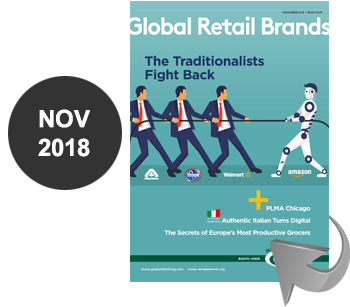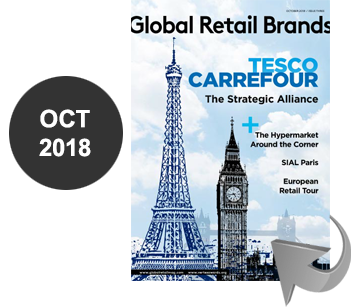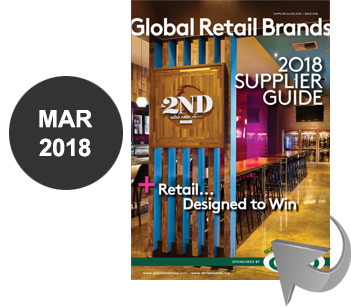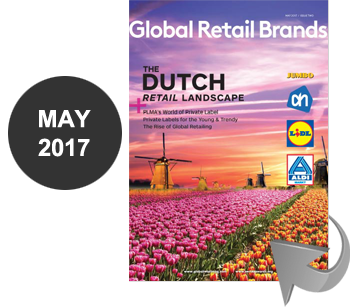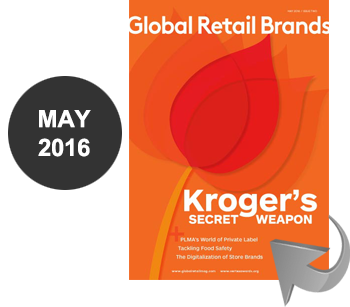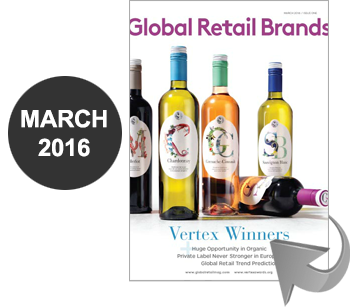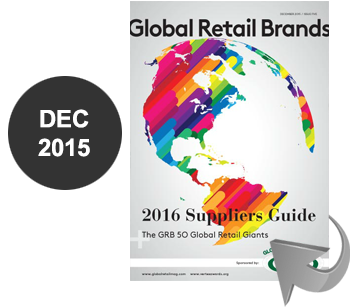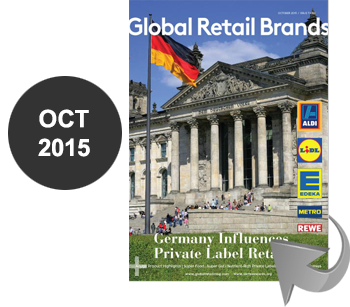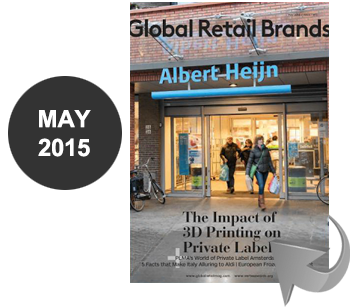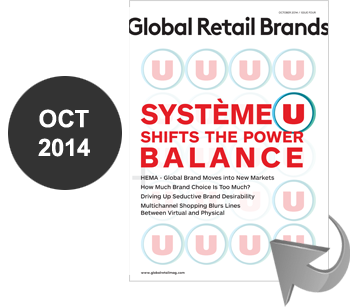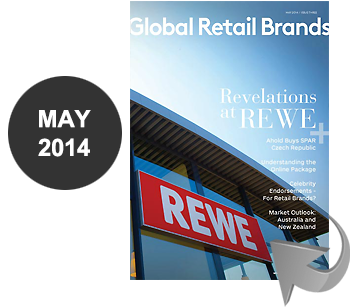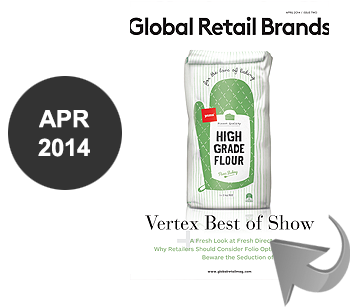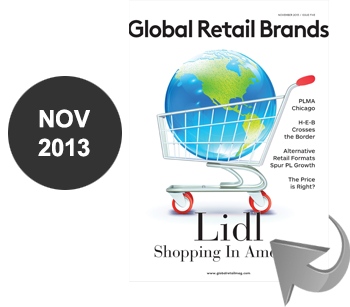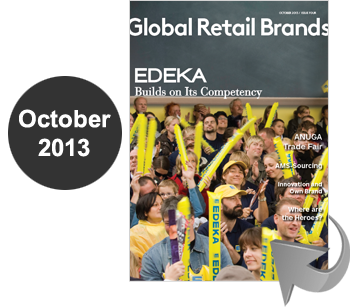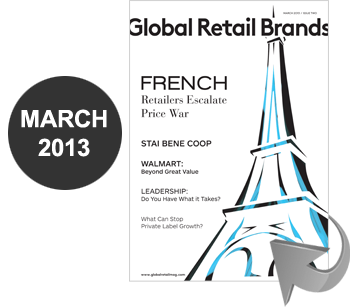 Deane Shillito, Client Solutions APAC, SGK
Deane Shillito, Client Solutions APAC, SGK
Eighty-five percent of the world’s population lives in regions with emerging and developing economies. That’s 6 billion people. As these populations grow in size, they also grow in influence. Ten years ago, these emerging and developing economies accounted for less than half of global GDP. Today, that figure has increased to nearly 60 percent, with 80 percent of global growth since the 2008 crash occurring in these markets.1
As multinational companies continue to expand in emerging markets, they need to work from a solid foundation to protect their investments. But how do you implement and maintain a complex brand ecosystem in new markets, each that may have an entirely unique point of view?
Understanding the Market >>
To date, workflow solutions haven’t been entirely successful in emerging markets for one simple reason: An established solution that works in a market, like the United States, Europe, or Australia, doesn’t necessarily work in new markets. And getting package graphics right in emerging markets isn’t just a technical challenge; it’s a cultural challenge.
Businesses need to recognize the need for flexibility in workflow design to accommodate the unique needs and cultural characteristics of these markets. Graphics workflows must be empathetic into cultural nuances, multiple languages and contexts, social barriers, and the tyranny of distance, otherwise it may find that the workflow can act to block business.
When companies fail to do this, one of two things usually happen. 1. They don’t gain the benefits they expected to gain or 2. They hastily decide to turn over control of their global packaging workflows to local operations. And this they often learn, may have solved the initial challenges, but created new ones as well. It is nearly impossible to maintain consistency of a company’s brands globally when their packaging workflows are managed only at the local level.
So how do we overcome these challenges to build common workflows across various markets and take advantage of these new opportunities? Preparation and empathy are key.
Establishing the Right Workflow for the Right Team >> Holistically, good process is good process regardless of location or language. This is definitely true for the graphics workflow. In order to build a robust process, time must be taken for an in-depth discovery into roles, inputs, tools, process management, handoffs, and vendor partners. A thorough understanding of current workings through discovery sessions greatly increase the probability of success.

One must also truly understand current costs. Often, fees are buried in agency retainer models or with print partners. These hidden costs can blur the true benefit of the new workflow initiative.
One size does not always fit all in emerging markets. Teams in these markets work well when key players are involved in both the development and implementation of the process. This must include local sponsors from each market to own the process and, if required, a local representative who can speak the language and with an understanding of cultural nuances.
With the right team in place, there needs to be collective agreement as to the deliverables of the project, which should be formally documented and distributed to all stakeholders for reference.
Simplifying the Complex Through Effective Communication >>
Even what appears to be the simplest and clearest direction can become muddled in context. For example, two different approaches may be regarded as acceptable options in established, developed markets. But in many developing countries, there may be an expectation to be given clear instructions for doing things the “right way,” and being presented with alternatives may appear confusing or overly complex.
Most issues in emerging markets are caused by miscommunication or misunderstanding between people. Of vital importance is defining roles and responsibilities, then communicating these in the most effective way. Verbal is not always best.
Such nuances require careful and clear direction for all projects. Again, there is no one-size-fits-all solution. Take nothing for granted—always make sure you’re understanding and being understood.
Follow Up >>
Once the workflow has a period of time in operation, follow-up audits are recommended. The best, most effective workflow is worthless if it is not in place and in use. If gaps are identified, a review should be taken to determine whether the cause of the gap is simply a misunderstanding or a fundamental error in the developed process.
It Takes a Diverse Team >>
Ultimately, pushing through alone in an unfamiliar culture isn’t likely to be successful. Partnering with someone who’s worked there can save days and dollars. By focusing on regionally and culturally targeted strategies that improve communication and streamline workflows, your organization can gain local agility to drive performance.
Graphics workflows in emerging markets find clarity of purpose and effective engagement when you remove the noise associated with implementation, understand the region-specific problem, and work backward with an overarching knowledge of the whole process.
In an era when companies are being asked to do more with less to grow their business, graphics workflows offer an area of opportunity that must take greater priority.
Deane Shillito, Client Solutions APAC, at SGK, brings 20+ years experience as a printing and packaging professional with extensive knowledge of the pharmaceutical packaging artwork and printing processes. He has successfully led numerous initiatives within APAC to identify and implement process improvement and workflow optimisation within organisations.
www.sgkinc. com | Deane.Shillito@sgkinc.com
1 Christine Lagarde, “The Role Of Emerging Markets In A New Global Partnership For Growth,” International Monetary Fund presentation at University of Maryland, February 4, 2016. https://www.imf.org/external/np/ speeches/2016/020416.htm


